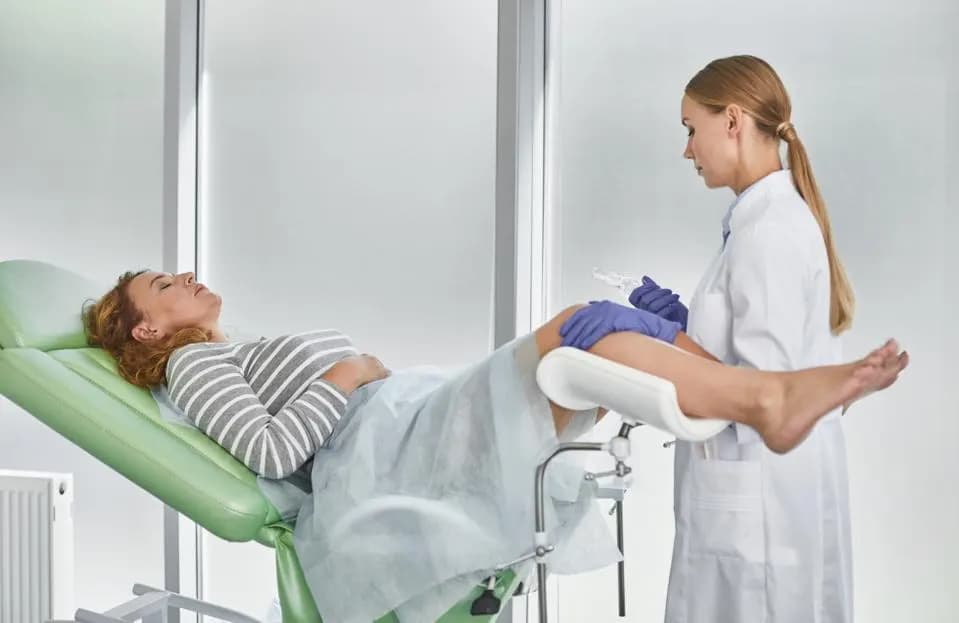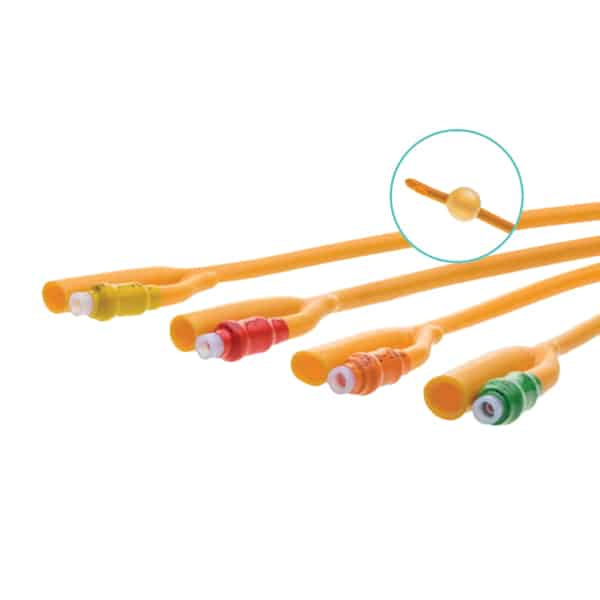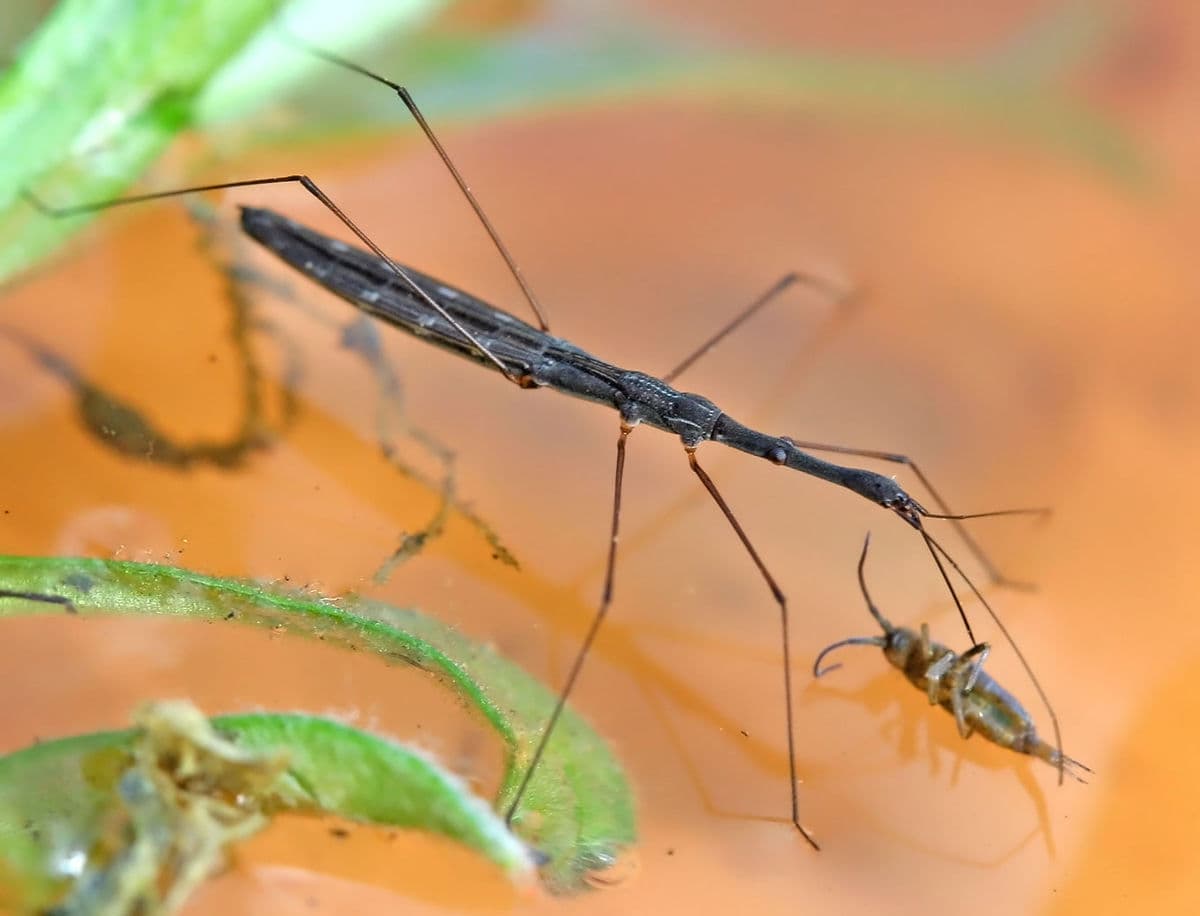The prepubic tendon serves as a pivotal support structure, spanning from the pubic bone to the abdominal wall, and is integral in maintaining the positioning of the lower abdomen and supporting vital organs. In horses and various ruminants, it comprises the interwoven tendons of origin for the pectineus, rectus, and obliquus abdominis muscles, alongside the cranial sections of the gracilis muscles. This tendon is further reinforced by connections to the linea alba and the yellow abdominal tunic, differing significantly from human anatomy and not serving as a transverse ligament.
Comparative Anatomy Across Species
Differences in the prepubic tendon’s structure are notable between species. For instance, in dogs, the tendon’s composition and attachments vary, including the non-crossing pectineus tendons and the incorporation of iliopubic cartilage. Such variations are critical for understanding species-specific anatomical adaptations and their implications on health and mobility.
Prepubic Tendon Rupture in Horses: A Closer Look
Prepubic tendon rupture represents a critical condition in pregnant mares, posing severe risks to both the mare and the fetus. This rupture leads to a loss of abdominal and lower body support, threatening life due to the potential for internal organ disorganization and compromised gestation.
Risk Factors and Symptoms
Identified risk factors include advanced age, previous pregnancies, and specific health conditions like hydrops. Symptoms manifest as a painful, swollen abdomen, altered posture, and reluctance to move, necessitating immediate veterinary intervention for diagnosis and treatment planning.
Diagnosis and Management Strategies
Diagnostic approaches rely heavily on physical examinations and ultrasound imaging, aiming to assess the rupture’s extent and its impact on the mare and fetus. Management decisions are complex, balancing the welfare of both the mare and fetus against the rupture’s severity and gestational progress.
Prognosis and Long-term Care
Prognosis varies, influenced by the rupture’s timing and completeness, alongside other complicating factors. While partial ruptures may allow for gestational continuation under supportive care, severe cases often necessitate difficult decisions regarding induced abortion, intensive mare management, or euthanasia.
Comparative Overview: Species-Specific Prepubic Tendon Anatomy
| Species | Tendon Composition | Unique Characteristics |
|---|---|---|
| Horse | Crossed and uncrossed pectineus, rectus abdominis | Integral to abdominal support, rupture poses significant gestational risk |
| Cow | Similar to horse, with species-specific variations | Supports heavy abdominal organs, including during pregnancy |
| Sheep | Adapted for smaller body size | Essential for mobility and abdominal organ support |
| Goat | Similar to sheep, with minor differences | Supports gestation and abdominal integrity |
| Dog | Non-crossing pectineus, inclusion of iliopubic cartilage | Varied attachment points, adapted for canine anatomy |
This detailed examination of the prepubic tendon across different species illuminates the complexity and critical nature of this anatomical feature. Understanding these differences not only enhances our knowledge of veterinary anatomy but also improves our ability to manage and treat conditions like prepubic tendon rupture, ensuring better outcomes for the affected animal.
Comparative Analysis Across Species
- Horses: Exhibit a high incidence of prepubic tendon rupture during late pregnancy, with significant implications for mare and foal survival;
- Cows, Sheep, and Goats: While less commonly reported, these species can also suffer from similar tendon issues, particularly in the context of multiple or challenging pregnancies;
- Dogs: Present unique anatomical differences in their prepubic tendon structure, affecting the clinical presentation and management of ruptures.
Innovative Approaches to Prepubic Tendon Health
Recent advances in veterinary medicine have focused on enhancing our understanding of prepubic tendon health and its critical role in animal physiology. Through innovative diagnostic techniques, such as advanced imaging modalities and biomechanical analysis, veterinarians are now better equipped to detect and evaluate the condition of the prepubic tendon in various species.
These tools not only facilitate early diagnosis but also contribute to the development of targeted treatment strategies, significantly improving outcomes for affected animals. Moreover, research into regenerative medicine, including stem cell therapy and tissue engineering, holds promise for repairing damaged tendons, offering new hope for animals suffering from tendon-related injuries and conditions.
Preventative Measures and Future Directions
The importance of preventative care in maintaining prepubic tendon health cannot be overstated. For animals at risk, regular veterinary check-ups, proper nutrition, and appropriate exercise regimens are fundamental to preventing tendon overstrain and rupture. As we look to the future, ongoing research and collaboration across veterinary disciplines are vital for advancing our understanding of tendon anatomy, injury mechanisms, and healing processes.
These efforts will undoubtedly lead to more effective preventative strategies and treatment options, enhancing the welfare and quality of life of animals worldwide.
Conclusion
The prepubic tendon plays an indispensable role in the structural integrity and physiological function of several animal species. Understanding its anatomy, the implications of its rupture, and the factors contributing to its health are essential for veterinary professionals. As research progresses, the development of more sophisticated diagnostic and treatment methodologies promises to improve the management of prepubic tendon conditions, ensuring better outcomes



